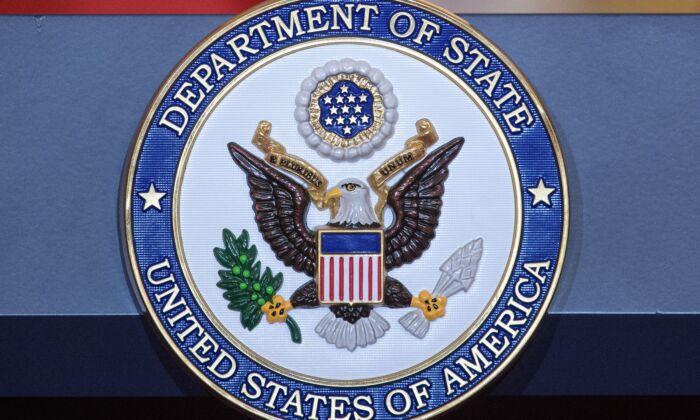There’s a city that stops for one minute every year on Aug. 1 at 5 p.m.
The city is Warsaw, Poland, and its people take a minute out of their day to remember the Warsaw Uprising, which began 75 years ago with the goal of liberating the city from German occupation during World War II.
Shortly after the German invasion on Sept. 1, 1939, Poland also was invaded by the Soviet Union under the non-aggression pact signed by Germany and the Soviet Union. The two powers divided the country.
People in the zone occupied by the Soviets suffered tremendously. As Norman Davies, a UK historian, wrote in his book “Rising ’44. The Battle for Warsaw,” “People in the Soviet Zone were being dispossessed, persecuted, beaten, deported, and killed.”
Poles in the German-occupied areas, too, lived in constant fear that they might be sent to prisons, concentration camps, to Germany as slave laborers, or even killed.
Occupied Warsaw remained the center of the underground resistance; an armed force called the Home Army that was loyal to the anti-communist Polish government in exile was formed there.
Leading to Uprising
In 1943, World War II entered a new phase, which started with the Soviet victory at Stalingrad. The Germans retreated as the Soviets stayed on the offensive.In July 1944, the Soviet Army liberated the eastern part of the Polish territory and installed a temporary communist government there.

By the end of July, the Soviet offensive had spread to the flanks of the German army and reached the Vistula River, which splits Warsaw into two parts. The Home Army staged an uprising on the west side of the river and assumed that the Soviet army, approaching the east side, would come to their defense.
Uprising Outbreak
Stalin, however, halted the offensive on the Vistula River, thus allowing the Germans to crush the uprising.The majority of the insurgents were young people, some only teenagers. Many of them had intellectual backgrounds, and for many, it was their first time in battle. They had few weapons, some homemade in underground factories and shops. They stood against the well-trained, professional German army that possessed all manner of modern weapons, including tanks, guns, and planes.
Uprising Failure
However, the Soviet army took no significant action to help the insurgents. According to Davies:“... By reading the implications of numerous small shifts and signs, historians have reached the conclusion that Stalin issued Warsaw’s death warrant on 13 August. [T. Zenczykowski, “Lonely Battle for Warsaw”] ... What is certain: Stalin dismissed the opportunity to help the Rising when assistance would have been most effective.”
The Allies initiated an operation called the Warsaw Airlift to provide supplies to the besieged Polish insurgents, but the operation was ineffective, mostly due to the Soviet Union’s refusal to allow Allied planes to land on its airfields.
The Home Army hadn’t considered that the agreement made between U.S. President Franklin D. Roosevelt, British Prime Minister Winston Churchill, and Stalin at the Tehran conference in 1943 placed Poland under the Soviet “sphere of influence.”
After 63 days, the insurgents were unable to sustain their positions and capitulated.
By the end of the Warsaw Uprising, 15,200 insurgents were killed or missing; among civilians, 200,000 were dead, 700,000 were forced to leave the city, and 55,000 others were sent to concentration camps.
Persecution of Insurgents by Soviets
According to Davies, “Western leaders abandoned all effective influence in Poland and Eastern Europe in return for Stalin’s co-operation in Germany and in the Far East.”The Soviets liberated Poland and established a communist government there. However, the ex-insurgents faced persecution by the Soviets, which included torture, show trials, judicial murder, and labor camps.
In late 1944, a division of the Soviet secret police, the NKVD, was stationed in Poland. They arrested and deported thousands of people to distant Soviet camps. The NKVD units in Poland were under the command of Gen. Ivan Serov, who became the head of the Polish Ministry of Public Security.





